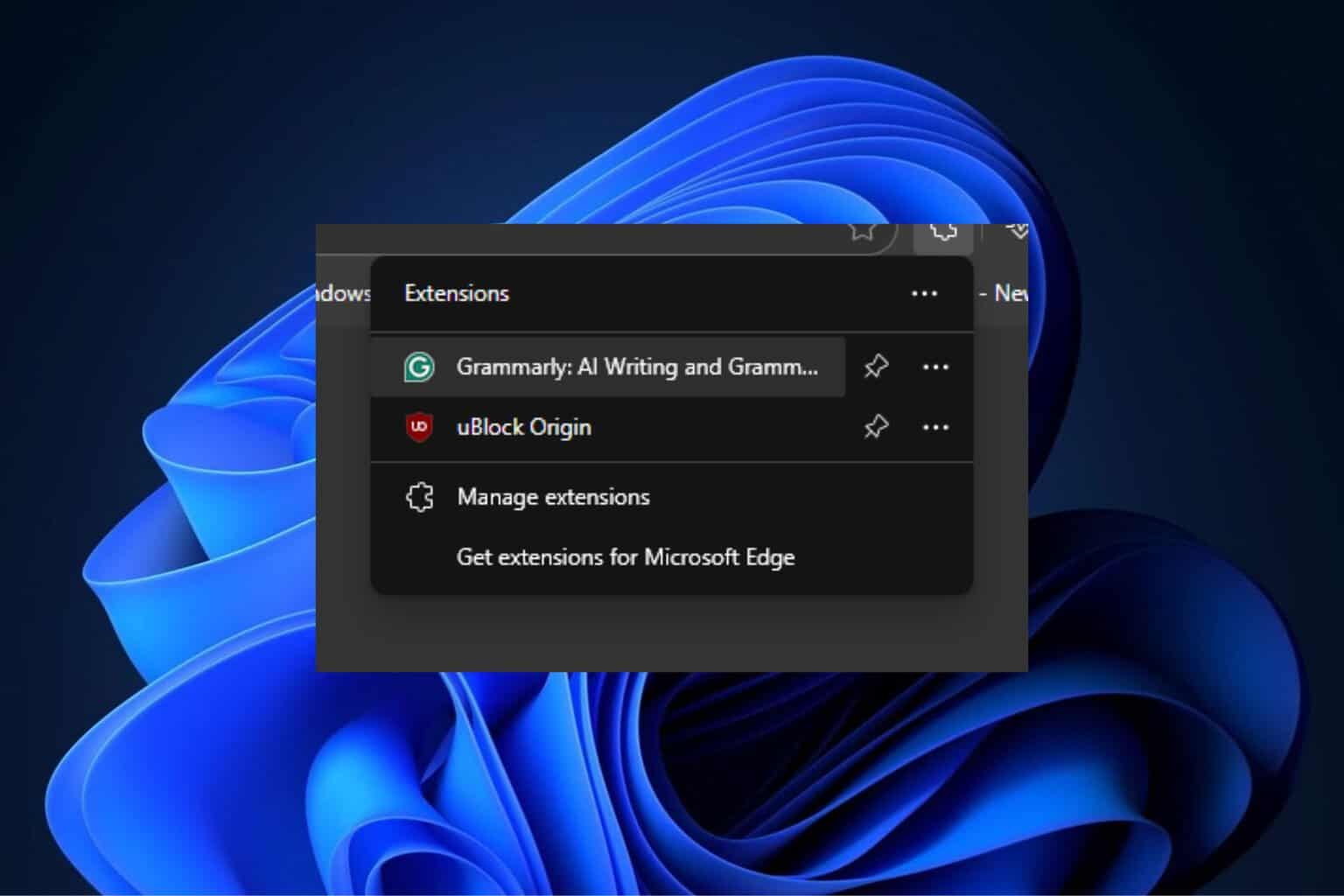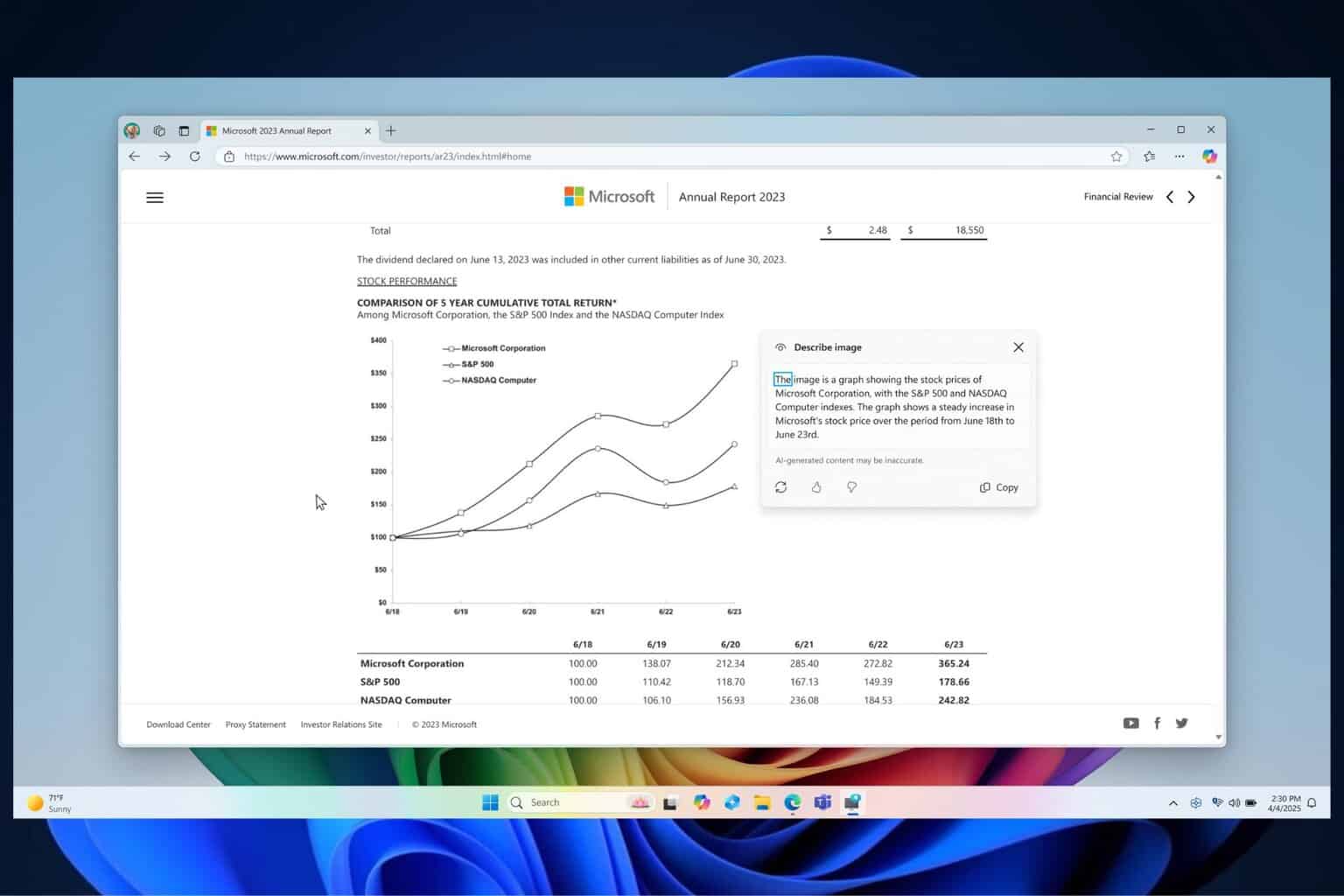Microsoft Compatibility Telemetry's High Disk Usage: How to Reduce it
Renaming the CompatTelRunner.exe file is the easiest fix
5 min. read
Published on
Read our disclosure page to find out how can you help Windows Report sustain the editorial team. Read more

Microsoft Compatibility Telemetry often turns out to be the most resource-intensive process in Windows, with high disk usage and causing the CPU fans to run at full speed. This is a common problem affecting all iterations of the OS, including Windows 10 and Windows 11!
For the unversed, Microsoft Compatibility Telemetry is a built-in process in Windows that regularly collects data and shares it with Microsoft to improve the OS experience. It is auto-enabled when you go with the default Windows installation but only becomes a problem when you notice high resource consumption.
If you want to fix high disk usage by Microsoft Compatibility Telemetry, start by installing all pending Windows updates and scanning the PC for malware. Often, threat actors disguise malware as a critical Windows process, and subsequently, a full system scan helps!
How do I fix Microsoft Compatibility Telemetry’s high disk usage?
1. Rename the CompatTelRunner.exe file
- Press Windows + E to open File Explorer, and navigate to the following path:
C:\Windows\System32 - Scroll down, right-click on the CompatTelRunner.exe file, select Rename, and then name it CompatTelRunner.exe.bak.
- If you get a permission error, right-click on the file and choose Properties.
- Now, go to the Security tab, and click on Advanced.
- Click on the Change option.
- Type your user profile name in the text field, click on Check Names and then OK.
- Click Apply and OK to save the changes on all existing windows.
- Now, again open the Security tab in Properties, and click on Edit.
- Click on Add.
- Again, enter your user profile name, click on Check Names, and then on OK.
- Select your user account from the list, and tick all the checkboxes under the Allow column, especially Full control.
- Click on Apply and OK to save the changes.
- You should now be able to rename the file.
When you rename the CompatTelRunner.exe file responsible for running Microsoft Compatibility Telemetry, the high disk usage issues will never reappear, and the task won’t run automatically. But since the file is present in Windows by default, many experts warn against changes unless you face serious issues!
However, renaming the file helps when you find Microsoft Compatibility Telemetry disabled but still running.
Also, some suggest deleting CompatTelRunner.exe, but if you are actually considering that, rename it instead. This way, you can always revert its name in case a conflict arises in the future. If you don’t want to make these changes right away, try our other solutions.
2. Disable the Microsoft Compatibility Appraiser task
- Press Ctrl + Shift + Esc to open the Task Manager and locate the Microsoft Compatibility Telemetry process.
- Select the process and click on End task.
- Next, press Windows + S to open Search, type Task Scheduler in the text field, and click on the relevant result.
- In the navigation pane, expand the Microsoft entry, double-click on Windows, and then choose Application Experience.
- Right-click on the Microsoft Compatibility Appraiser task, and choose Disable.
- Once done, reboot the PC and check for improvements.
After you disable the Microsoft Compatibility Appraiser task, the high disk or CPU usage by Microsoft Compatibility Telemetry will end immediately. But upon subsequent reboots or after installing Windows updates, the task may run again, in which case you can try the solutions listed next!
2. Set the process to low-priority
- Press Ctrl + Shift + Esc to open the Task Manager and go to the Details tab.
- Right-click on the Microsoft Compatibility Telemetry process, hover the cursor over Set priority, and choose Low.
- Again, right-click on the process, and select Set affinity.
- Tick the checkbox for only one CPU from the list, and click on OK to save the changes.
If you simply want to lower the high disk usage by Microsoft Compatibility Telemetry, setting its priority to low and affinity to a single CPU will bring down disk usage by 15-30%.
4. Repair the corrupt system files
- Press Windows + S to open Search, type Command Prompt, and click on Run as administrator.
- Click Yes in the UAC prompt.
- Paste the following DISM commands individually and hit Enter after each:
DISM /Online /Cleanup-Image /CheckHealthDISM /Online /Cleanup-Image /ScanHealthDISM /Online /Cleanup-Image /RestoreHealth - Next, execute this command for the SFC scan:
sfc /scannow - Finally, restart the computer.
5. Permanently disable Microsoft Compatibility Telemetry via Registry
- Press Windows + R to open Run, type regedit in the text field, and hit Enter.
- Click Yes in the UAC prompt.
- Paste the following path in the address bar and hit Enter:
Computer\HKEY_LOCAL_MACHINE\SOFTWARE\Policies\Microsoft\Windows\DataCollection - Right-click on the empty portion, hover the cursor over New, choose DWORD (32-bit) Value, and name it AllowTelemetry.
- Double-click on the newly created DWORD, enter 0 under Value data, and click OK to save the changes.
- Finally, restart the computer.
Of all the permanent ways to disable Windows 11 Telemetry, the Registry Editor remains the most used because, surprisingly, it’s the simplest. Once you are done, 75-100% disk usage by Microsoft Compatibility Telemetry won’t happen anymore.
Before you leave, discover expert tips to speed up a Windows PC!
Which fix worked for you? Share with our readers in the comments section.


























User forum
0 messages